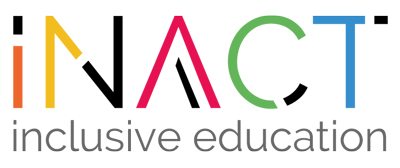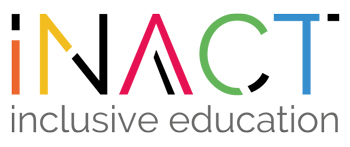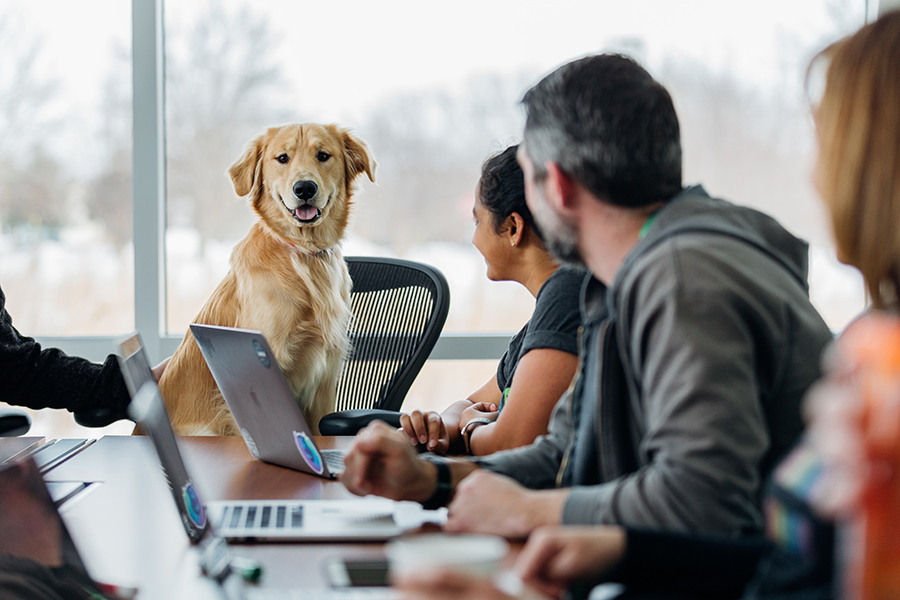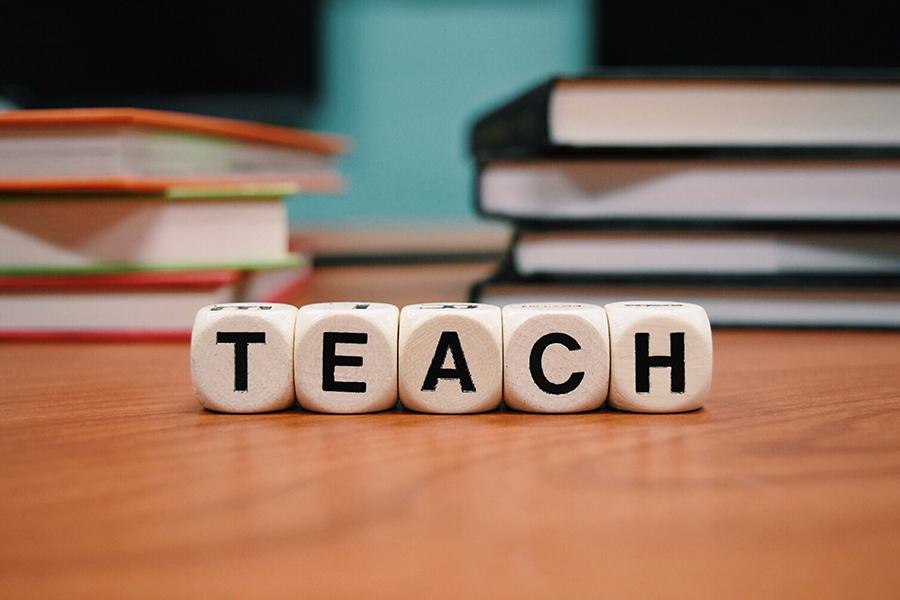The differentiated Learning Methods:
- Flexible-pace learning
- Collaborative learning
- Progressive tasks
- Digital resources
- Verbal support
- Variable outcomes
- Ongoing assessment
By using these methods, it becomes possible for teachers to cater for a wide range of abilities in the classroom. Below we have explained in depth a few of the top methods for differentiated learning:
-
Flexible-pace learning
Traditionally, tasks are completed in a set amount of time, which normally accommodates the slower-paced learners. This can mean faster learners are held up by the pace of their peers, and slower workers feel rushed and incapable of learning at the necessary pace.
Using a flexible approach to time-based tasks, however, faster students are given the facility to complete extension tasks, and it gives other pupils an opportunity to complete their exercise at a more comfortable speed.
-
Collaborative learning
Facilitating group work is excellent for empowering shyer students to participate more in class. Forming mixed-ability groups of pupils gives high achievers a platform to vocalise their ideas, and lower ability students a way of collaborating with and learning from their peers.
Allocating roles to each member of the group can also help pupils organise themselves according to their different skills and capabilities. This gives less able students a way to add value and generates more confidence.
-
Progressive tasks
It is possible for teachers to set separate work or exercises to different students based on their abilities. However, this approach can pose a few problems. Not only does it highlight student ability more publicly with potentially negative social implications, it also requires considerably more administrative work for the teacher.
A progressive worksheet, however, that gets more complex as the student makes his or her way through is a more sensitive alternative. Allowing students with a slower pace of learning to work at their own speed, it also gives a vehicle for more academically able students to progress to the more challenging questions more quickly.
-
Digital resources
By using interactive tools and digital applications, mixed-ability classes get the opportunity to approach a topic or subject from different angles. In some cases, the use of digital resources can also highlight a skill or passion in students with less academic ability, while others might work more effectively with non-traditional resources and mediums.
This method of differentiation allows different materials, platforms and tools to be used to bring about the same learning outcome, and give pupils confidence in their digital skills.
For more in-depth explanation of the remaining methods, simply follow the link below:
https://resourced.prometheanworld.com/differentiation-classroom-7-methods-differentiation/




